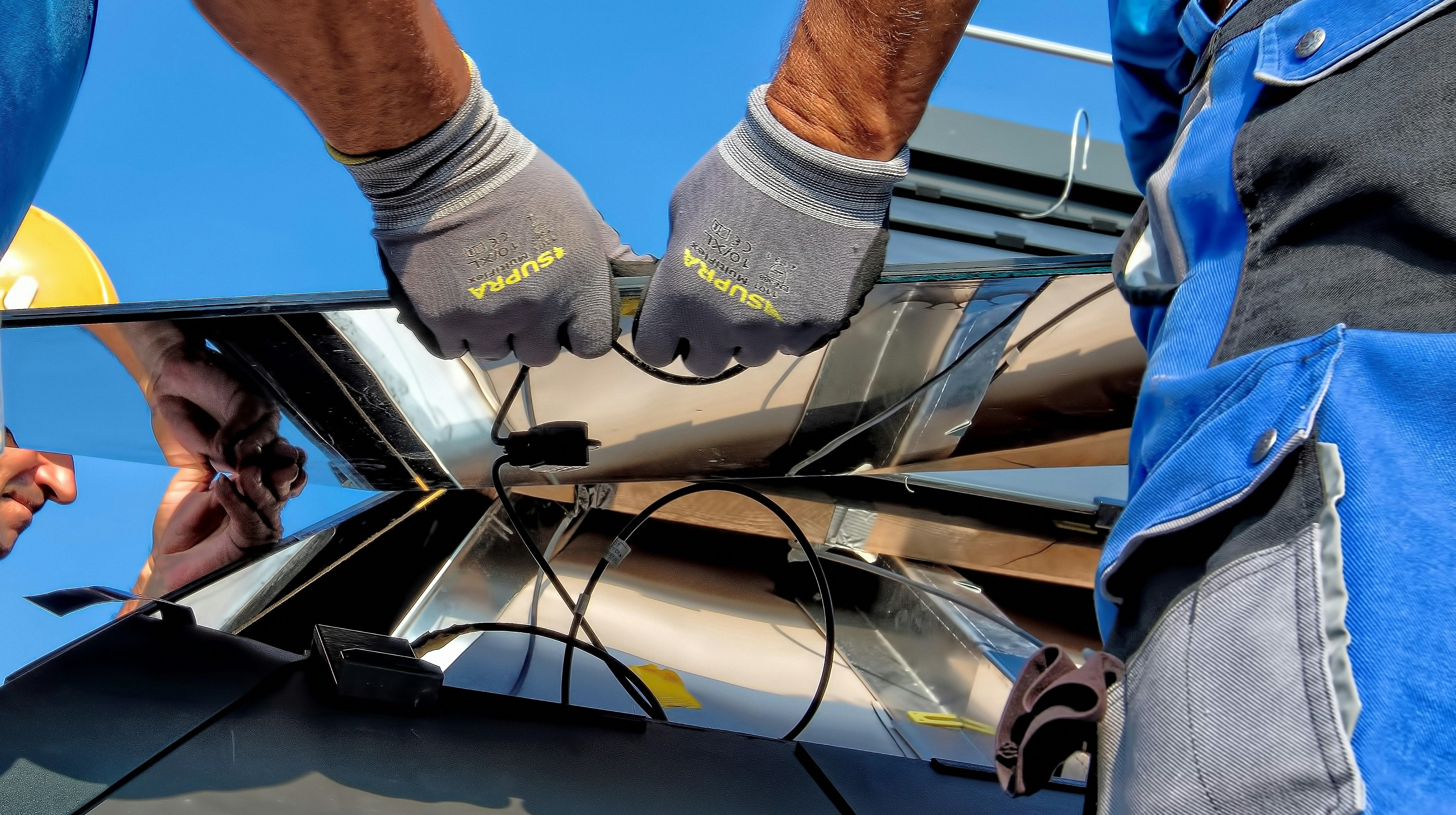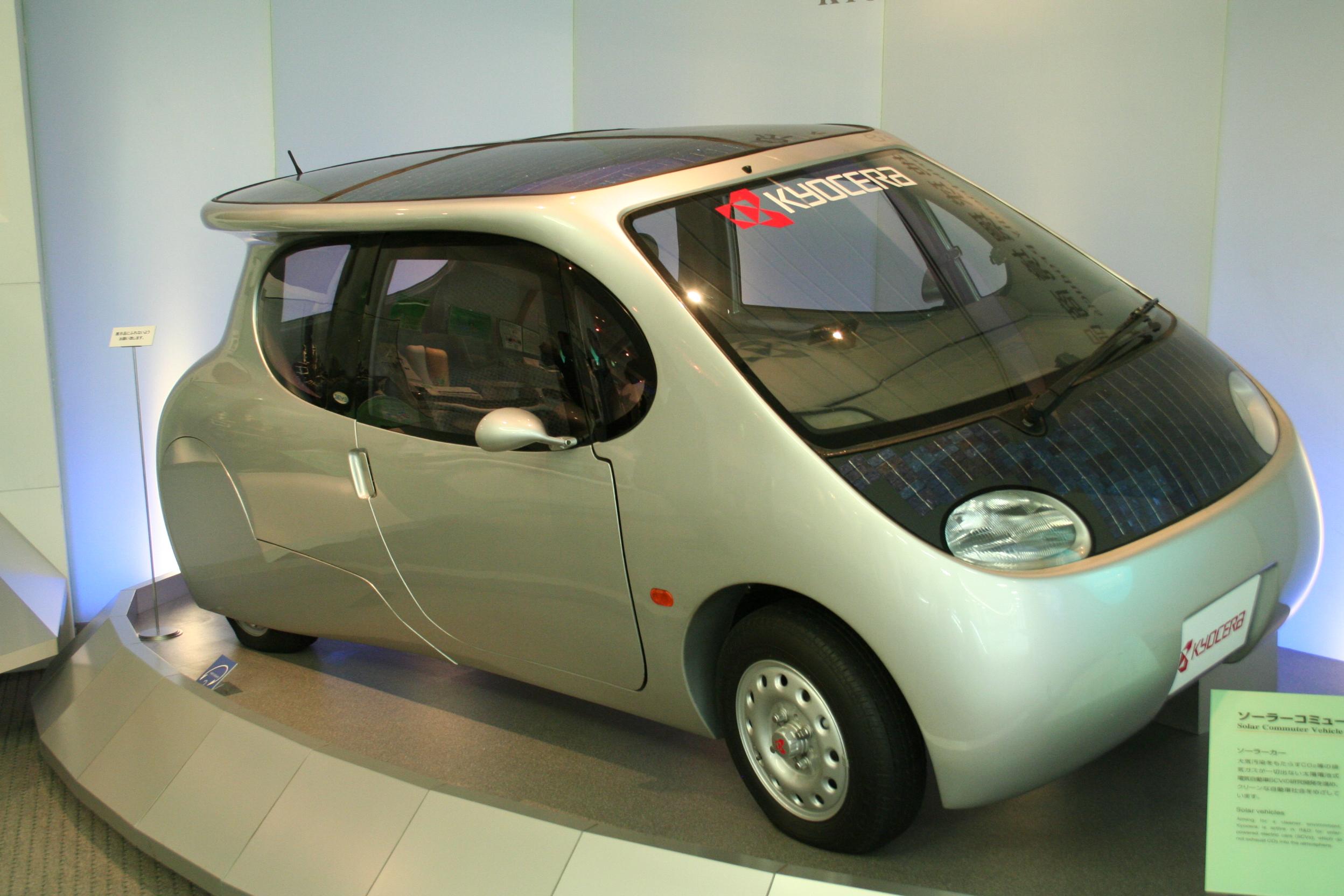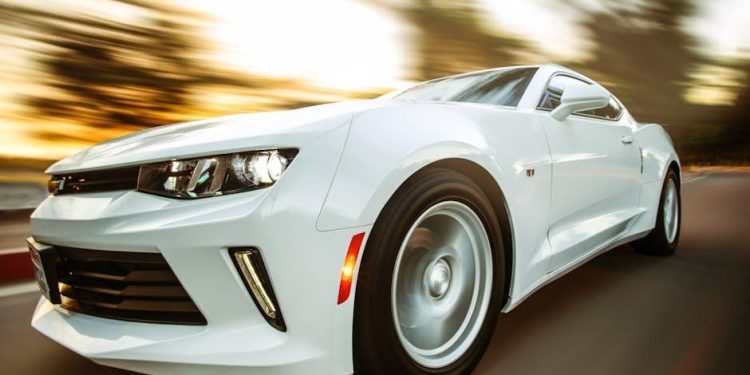In a world where the quest for sustainable energy solutions is as relentless as the ticking clock of climate change, the notion of solar-powered cars seems to hover between the realms of possibility and fantasy. As the sun casts its daily glow across the earth, it offers an untapped reservoir of energy, teasing us with the promise of a cleaner, greener future. Yet, as we stand at the intersection of innovation and practicality, the question arises: are solar-powered cars a brilliant breakthrough waiting to happen, or merely a pipe dream lingering in the shadows of technological limitations? This article delves into the heart of this debate, exploring the strides made in harnessing solar energy for transportation, the hurdles that remain, and the visionaries who dare to dream of a sunlit road ahead.
Revolutionizing Transportation with Solar Energy
In the quest for sustainable solutions, harnessing the power of the sun to fuel our journeys has emerged as a promising yet challenging concept. Solar-powered vehicles represent an innovative leap towards reducing carbon emissions and diminishing reliance on fossil fuels. While the vision of cruising down sunlit highways in a car powered entirely by solar panels is captivating, several technological and economic hurdles need to be addressed.
- Efficiency of Solar Panels: Current photovoltaic technology still struggles with efficiency, often converting only about 20-25% of solar energy into usable electricity. This limits the range and performance of solar-powered cars, especially on cloudy days or during nighttime.
- Surface Area Limitations: A typical car’s surface area is insufficient to accommodate enough solar panels to generate the energy needed for long-distance travel, necessitating hybrid systems that combine solar with other energy sources.
- Cost and Accessibility: The high cost of solar technology and its integration into vehicles makes mass production a significant challenge. As research progresses, the hope is to make these cars more affordable and accessible to a broader audience.
Despite these challenges, advancements in material science and battery storage offer glimmers of hope. Innovations in solar technology could soon pave the way for more efficient and cost-effective solutions, making the dream of solar-powered transportation a feasible reality.

Challenges and Innovations in Solar Vehicle Technology
The journey toward solar-powered cars is marked by a fascinating blend of obstacles and breakthroughs. Among the primary challenges is the limited efficiency of solar panels. While strides have been made in photovoltaic technology, converting sunlight into energy at a rate sufficient to power a vehicle remains a significant hurdle. Weather dependency further complicates matters, as solar vehicles can struggle to perform optimally in less sunny regions. Additionally, the integration of solar panels into the car’s design without compromising aesthetics or aerodynamics presents a unique set of engineering puzzles.
However, the field is not without its innovations. Researchers and engineers are experimenting with advanced materials like perovskite and organic solar cells, which promise higher efficiency and flexibility. Hybrid models are also gaining traction, combining solar power with traditional or electric engines to enhance reliability and range. Moreover, energy storage systems are evolving, with improved battery technology allowing for better energy retention. These innovations offer a glimpse into a future where solar-powered vehicles might not only be viable but a common sight on our roads.
Evaluating the Feasibility of Solar-Powered Cars
As the world shifts towards sustainable energy, the concept of solar-powered cars often emerges as a beacon of innovation. But can the current technology truly support the widespread adoption of these vehicles? Several factors come into play when evaluating their feasibility. Solar panel efficiency is one of the primary concerns. While advancements have been made, today’s solar panels can only convert a limited amount of sunlight into usable energy. This translates to a modest range and speed, which may not meet the expectations of the average driver.
Infrastructure and cost are also significant hurdles. Unlike traditional electric vehicles, solar cars require specialized infrastructure for optimal charging, potentially leading to increased initial investments. Furthermore, the cost of high-efficiency solar panels can be prohibitive, making it challenging for manufacturers to offer these vehicles at a competitive price. On the bright side, the integration of solar technology into hybrid systems might offer a more practical solution, where solar panels can supplement, rather than replace, traditional charging methods. Thus, while solar-powered cars hold immense potential, there remain critical barriers that must be addressed before they can transition from concept to commonplace.
- Efficiency: Limited conversion of sunlight into energy
- Infrastructure: Need for specialized charging systems
- Cost: High expense of solar technology

Strategic Steps Toward a Solar-Driven Future
To make solar-powered cars a reality, several strategic steps need to be undertaken to navigate the complex terrain of innovation and infrastructure. Research and development in solar panel efficiency is paramount, as it will determine the viability of harnessing enough energy to power vehicles sustainably. Collaborations between automobile manufacturers and solar technology companies could lead to breakthroughs in lightweight, flexible panels that could be seamlessly integrated into car designs.
- Enhancing energy storage: Advancements in battery technology are crucial to store solar energy efficiently.
- Infrastructure development: Creating solar charging stations along highways and in urban areas can support widespread adoption.
- Policy incentives: Governments could offer tax breaks and subsidies to encourage both manufacturers and consumers to invest in solar-powered technology.
By focusing on these areas, the dream of solar-powered cars can inch closer to becoming a sustainable reality.
To Conclude
As the sun dips below the horizon, casting a golden hue over the landscape, the dream of solar-powered cars remains suspended between the realms of possibility and ambition. While technological advancements continue to push the boundaries of what’s achievable, the road ahead is riddled with both challenges and opportunities. As we ponder the future of solar mobility, it becomes clear that the journey is just as important as the destination. Whether solar-powered cars remain a distant dream or become a tangible reality, they ignite a vital conversation about innovation, sustainability, and our commitment to a greener tomorrow. The horizon beckons, and with it, the promise of what could be—an invitation to imagine, explore, and perhaps, one day, drive into a future illuminated by the sun.

































